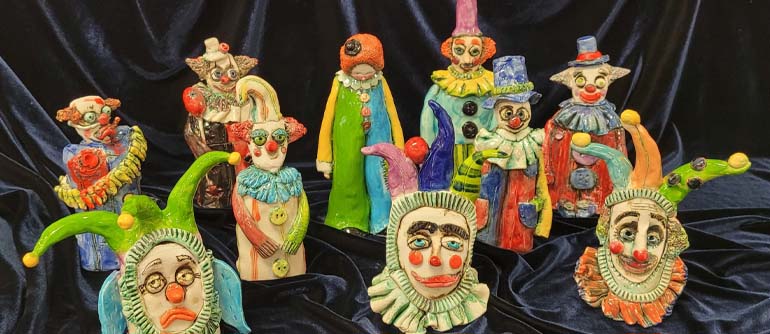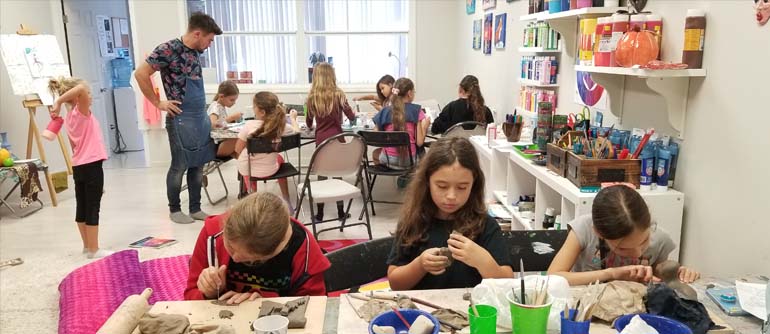
Sculpting Classes
About Classes
Sculpting classes offer a transformative journey into the realm of three-dimensional art, where students mold and shape tangible forms from their creative visions. These classes, often held in studios echoing with the echoes of chisels and the soft hum of clay being manipulated, provide a unique space for artistic exploration, skill development, and the realization of sculptural masterpieces.
1. Understanding Form and Structure: At the core of sculpting classes is the exploration of form and structure. Students delve into the anatomy of their subjects, whether it be the human figure, abstract concepts, or natural elements. Understanding the interplay of volume, mass, and negative space becomes a fundamental aspect of the sculptor’s toolkit.
2. Medium Exploration: Sculpting classes expose students to a variety of sculptural mediums, from traditional clay and stone to contemporary materials like metal, wire, and found objects. Each medium offers a unique set of challenges and opportunities, allowing students to find their preferred mode of expression.
3. Techniques and Tools: Techniques in sculpting range from the traditional methods of carving and modeling to more contemporary approaches like assemblage and installation art. Sculpting classes provide hands-on experience with an array of tools, including chisels, rasps, and molding implements, ensuring that students become adept in bringing their artistic visions to life.
4. Emphasis on Observation: Sculptors are keen observers of the world around them. Sculpting classes often involve intensive studies of live models, still life arrangements, and natural forms. The ability to translate observations into a three-dimensional representation is a skill honed through careful study and hands-on practice.
5. Expressive Possibilities: Sculpting is not merely about replicating reality; it’s about infusing the sculpture with personal expression. In these classes, students are encouraged to bring their unique voices into their work, whether through abstract interpretations, symbolic representations, or capturing the nuances of emotion in figurative sculptures.


6. Scale and Space Considerations: Understanding how a sculpture interacts with space is a vital aspect of sculpting classes. Students explore the impact of scale, considering how the size of a sculpture influences the viewer’s perception. Additionally, sculptors learn how to create works that harmonize with their intended environments, whether indoors or in public spaces.
7. Critiques and Collaboration: Sculpting classes foster a community of artists where critiques and discussions play a crucial role. Peer feedback and constructive critiques from instructors contribute to the refinement of techniques and the evolution of artistic perspectives. Collaborative projects also provide opportunities for shared inspiration and collective creativity.
8. Historical and Contemporary Context: An understanding of the history of sculpture and contemporary trends in the art world is woven into sculpting classes. Students gain insights into the evolution of sculptural practices, from ancient masterpieces to avant-garde installations, grounding their work in a broader artistic context.
In conclusion, sculpting classes offer a multifaceted exploration of form, materials, and personal expression. Through a combination of technical instruction, hands-on practice, observation, and a collaborative environment, these classes provide the foundation for aspiring sculptors to embark on a journey of creative discovery, turning blocks of material into timeless works of art.
Time
Monday – Friday: 4.00pm – 8.00pm
Saturday: 9.30am – 3.30pm
Closed
Sunday

